This is the ninth in a series of posts about my East Coast US trip in March 2013 (see the first part, second part, third part, fourth part, fifth part, sixth part, seventh part, and eighth part). Boston, Massachusetts is one of the oldest cities in the United States, having been founded in 1630. I loved the city and my time there, but my memories are tinged by the horror of the Boston Marathon bombings, which occurred just a fortnight after I left the city. Still, I highly recommend a visit for anyone travelling through the northeast United States.
It was with some sadness that I packed up on my last evening in New York. Bidding my lovely host Dee farewell for now, I trekked to Penn Station to board an Amtrak service to Boston. Amtrak is the interstate passenger train service in the United States, and operates through most of the mainland. However, the quality, quantity, and speed of Amtrak pales in comparison to the incredible train services of countries across Europe and East Asia. Many parts of the country see only one or two services per day; the rise of the automobile in the 20th century coupled with the constructed of the National Highway System led to a precipitous decline in the popularity of rail services that continues to this day. The one true bright spot in the Amtrak network is the densely populated Northeast Corridor from Washington D.C. to Boston; over half of Amtrak's revenue comes from this route, and it was here where I took a 4 hour train ride from New York to Boston.
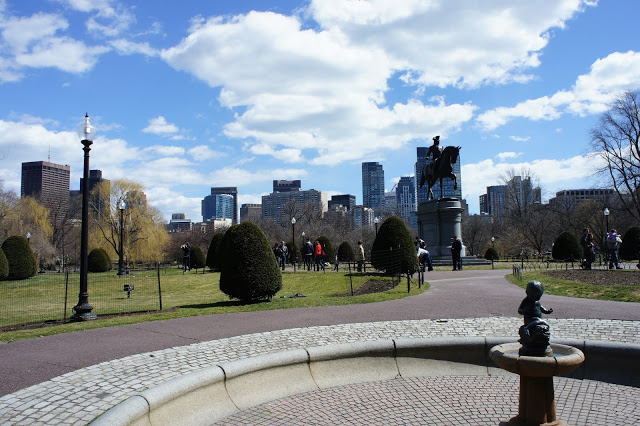
The train ride was smooth and on-time, running north along the Connecticut and Rhode Island coastlines before cutting inland into Massachusetts and Boston. The trip cost approximately $50 thanks to a very early booking - Amtrak offers substantial savings if you reserve a ticket several weeks in advance of your trip. I had an unreserved ticket, meaning I could board the train and choose whichever seat took my fancy. The train is comfortable, not overcrowded, and power and food service is available on board. All in all, a very pleasant way to travel.
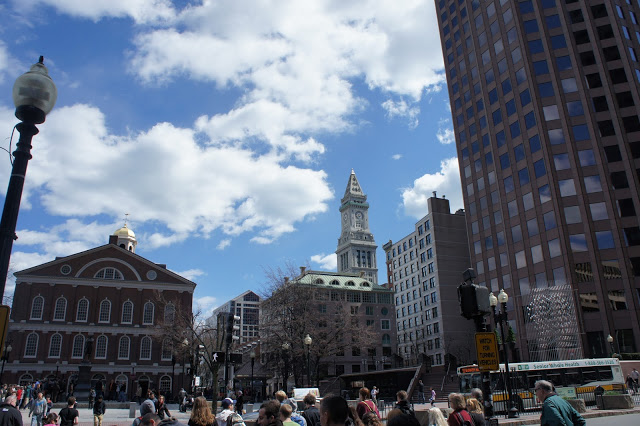
Before long, the train was pulling into the terminus at Boston South Station. I transferred onto the metro system (called the T), heading slightly west towards Cambridge, where I would be staying with my friend Steph. Steph worked for a consulting company, and I had met her a year previous when she had spent a work exchange in the Sydney office. She had very kindly offered to let me stay for a couple of nights whilst I was in the area. On top of that, she also took time out to take me around the city a little. A quick walk from her apartment led to the Boston Common and Boston Public Gardens, which are adjoining parks near the centre of the city. Whilst Boston is notorious for its heavy snowfalls and long, cold winters, this leg of the trip featured the best weather: glorious sunshine and blue skies. It was a great day for a walk in the park.
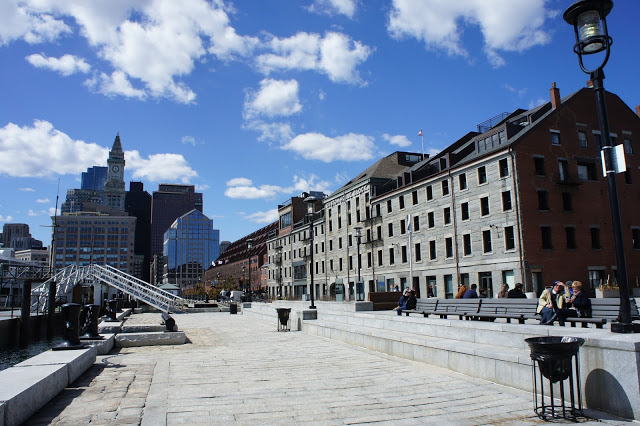
Crossing the park, Steph and I continued strolling into the city itself. I can't emphasise enough how nice Boston is to walk through in spring. The city is spacious and inviting, with wide-open paths and moderate traffic. I was definitely absorbing the sunshine following a week of sporadic light, heavy snow, and chilly winds. Boston is historic, playing a key role in the American Revolution, and then serving as an important cultural, manufacturing, and naval centre. Signs of this history are everywhere around the city; I would cover more of them on my second day when I walked the Freedom Trail.

Skirting through Downtown and the Financial District, Steph and I crossed over the Fort Point Channel on a rail bridge now converted for pedestrians. This area of Boston formerly served as an industrial hub, but is being gradually reclaimed and redeveloped by the city. Our destination was The Barking Crab, a waterfront restaurant featuring a lively bar, great atmosphere, and classic New England seafood fare. The area is known for fishing, and American comfort foods such as clam chowder and lobster rolls abound here. Boston is also home to the Boston Brewing Company and Samuel Adams beer, and so my lunch consisted of a beer and a delicious lobster roll. Whilst my lobster came pre-prepared, one could also order fresh - the enormous specimen above was proudly conveyed through the restaurant prior to being served.
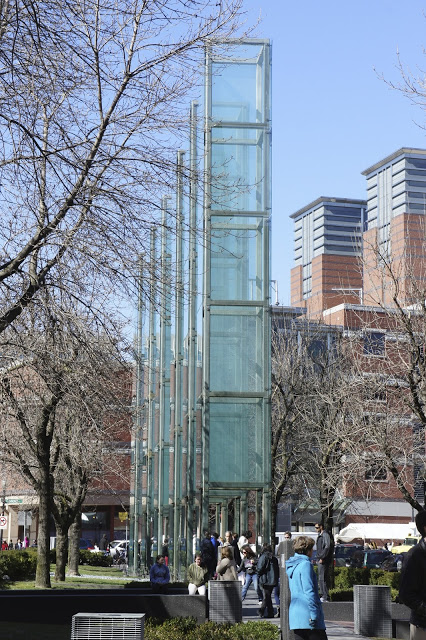
Following lunch, we strolled back towards the city centre, and I bid Steph goodbye for the time being. She had some errands to run that afternoon, and I would continue exploring the city by myself. We parted near the New England Holocaust Memorial, inspired by survivors of the terrible World War II atrocities who found new lives and homes in the Boston area. There Memorial consists of a number of glass towers, each symbolising one of the concentration camps. The outer walls of each tower are engraved with numbers representing the six million victims of the Holocaust, and quotes are inscribed onto the inner walls. The poignant words of Martin Niemoller particularly struck me:
First they came for the communists,
and I didn't speak out because I wasn't a communist.Then they came for the socialists,
and I didn't speak out because I wasn't a socialist.Then they came for the trade unionists,
and I didn't speak out because I wasn't a trade unionist.Then they came for me,
and there was no one left to speak for me.
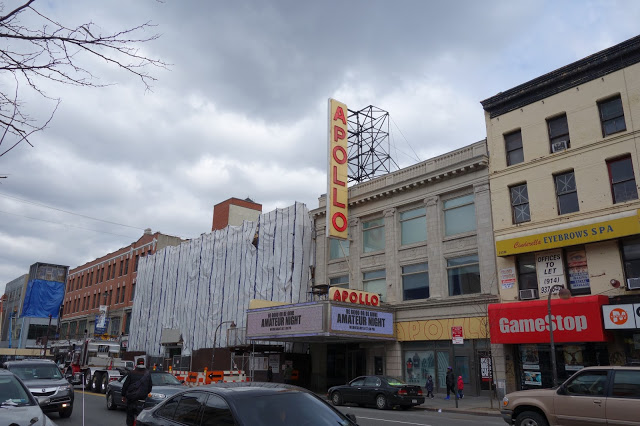
Having had my fill of the east of Boston, I jumped on the T to head west, towards Copley Square and the McKim building of the Boston Public Library. The first public library system in the country (even older than New York's), the Library was established in 1848, and continues to operate as both a research and a circulatory library. Entry is free, and as the photo above testifies, the building is richly decorated inside. It is cool and quiet - a world away from the bustling Square outside. Housed within is an extensive art collection, and some of it is displayed on the upper floors of the building. A centrepiece consisting of a rich set of dioramas by Louis Stimson was particularly memorable; each one depicted artists in the midst of painting their most famous works. Richly detailed in miniature, it's worth the trek up the stairs to the top of the building.

Opposite the Public Library on the other side of Copley Square is the beautiful Trinity Church. Built in the 1870's, the church looms large over the square, its imposing edifice being the influence for a generation of buildings across the United States. Weekly services continue in the church to this day, and it often serves host to special services honouring significant national events or tragedies. The square adjoins the busy Boylston Street, and it was along this street, just a few blocks from Copley Square where the marathon bombs exploded on April 15th 2013. The street is a busy commercial avenue, running parallel to the Charles River and adjacent to the Boston Common and Public Garden at its north eastern terminus. I followed the road to the south west, enjoying the atmosphere of hundreds of New Englanders breaking out from a long winter.
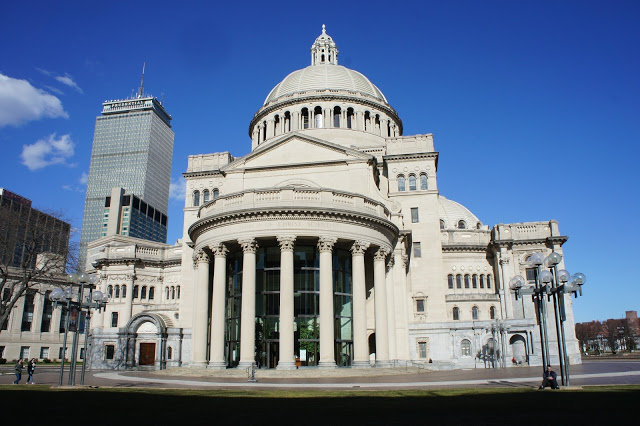
This terrifically impressive building is the The First Church of Christ, Scientist - Mother Church of the religion of the same name. I stumbled upon it along Massachusetts Avenue, having turned south of Boylston near the famous Berklee College of Music (the "other" Berkeley!). It is this organisation from which the excellent news publication, the Christian Science Monitor originates from; the church's founder had purportedly grown tired of the sensationalism and scandal dominating the news media of the late 1800's (as well as the adverse coverage of her new religion), and decided to establish her own publication to "injure no man, but to bless all mankind". While I'm somewhat nonplussed at the religion, which counts spiritual healing through prayer among its tenets, I do appreciate the thoughtful and insightful stories that I read from the Monitor. In the 1960's, the adjoining Christian Science Plaza was built by I.M. Pei & Associates, featuring a reflecting pool and fountain that were unfortunately disabled during my visit (presumably as we were still too shortly out from winter).

Across the Charles River to the west of Boston is the city of Cambridge, home to two of the great universities of the United States: the Massachusetts Institute of Technology (MIT), and Harvard University. In addition, the city features campuses of Tufts University, Boston College, Boston University, Wellesley College, Northeastern University, and the Berklee School of Music - just to name a few! Backtracking along Massachusetts Avenue, I crossed onto the bridge fording the Charles River to pay a visit to MIT. The walk is beautiful - the river is a rich blue, calm as a sheet, with boats of all kinds out en masse. The cityscape glittered in the afternoon sunshine, betraying nothing of the harsh winter which had just passed. Boston is not a tall city, and feature substantial greenery, which adds to its charm. If only it were like this all year (as it is in Sydney!), then I would have no problems living here. Such natural beauty in a harbour city is hard to come by.

Massachusetts Avenue deposits you directly into MIT, and one of the first buildings you see is the home of the architecture school. Now, university architecture buildings in my experience are hideous. Both Sydney University and UC Berkeley featured ugly concrete and brick contraptions housing students learning to design buildings. Sometimes I wonder if this is a deliberate measure to provide inspiration for budding architects (i.e. "don't design a building that looks like this"). Thankfully, MIT's architecture building is stunning - Greco-Roman columns, elegant steps, and an imposing edifice. This is what I call inspiring architecture.
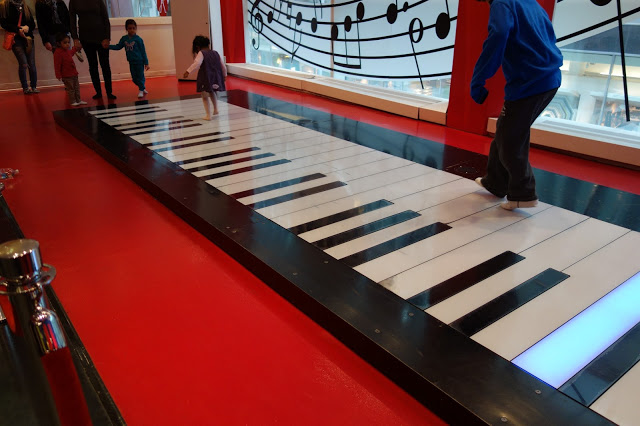
Around a few more corners from architecture leads you to the famous Stata Center, whose chaotic, almost teetering and unfinished look was designed by celebrated architect Frank Gehry. This building houses computer science, philosophy, and linguistics, as well as the luminaries Noam Chomsky, Tim Berners-Lee (inventor of the internet), and Richard Stallman (leader of the free software movement GNU). Sadly, it was near the Stata Center where MIT Patrol Officer Sean Collier was slain in his car on a night of mayhem in Boston following the marathon bombings.
Fun fact: MIT sued Gehry a few years after the 2004 completion of the Stata Center for providing "deficient design services and drawings" that led to leaky roofs, cracked masonry, and various other problems. The case was settled, but not before Gehry dryly noted that "there are things that were left out of the design - the client chose not to put certain devices on the roofs, to save money". Ouch!
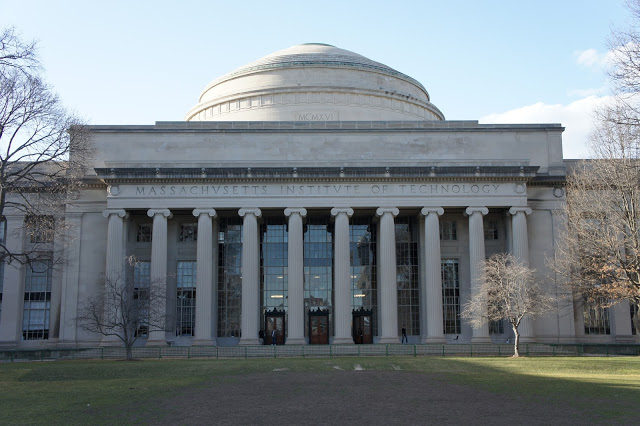
This beautiful building is the Barker Engineering Library, and it is topped by the MIT Great Dome. There is a curious practice of referring to buildings by number at MIT; the Stata Center is Building 32, while Barker is Building 10. Nos. 1 through 10 (except 9) were part of the original MIT campus; with its classic Ionic columns, Barker originally served as the primary entrance to the campus. While the numbering system may seem symptomatic of an overly engineered mindset, the numbers are logically assigned and correlate with location, and thus it is said that members of the MIT community can approximately identify where any building on campus must be given its number - certainly a convenience that I would appreciate! The number of times that I've had to give someone directions to a building that bears only an unhelpful name around Sydney and Berkeley is astounding.

Darkness was now beginning to fall, and so I made my way back to Steph's apartment to sit down for a bit. For dinner, I went to a sports bar with Steph, her boyfriend, and a few of their friends. My travels had come in the midst of 'March Madness' - the annual college basketball final championships. College sports are enormous in the US, and practically the entire nation is consumed by the finals. We watched one of the games as we enjoyed typical American comfort food and beer for dinner. It was a lovely end to a lovely day.